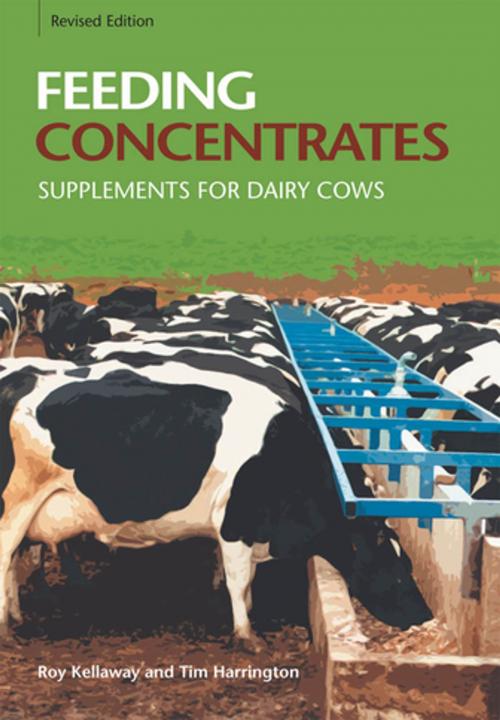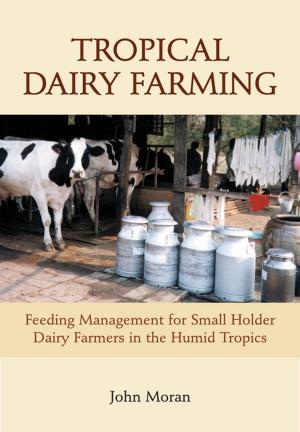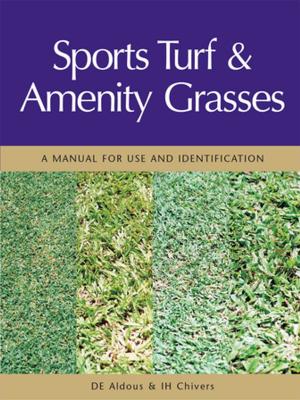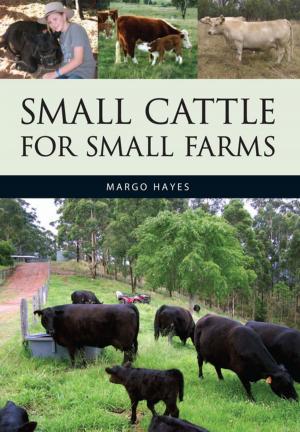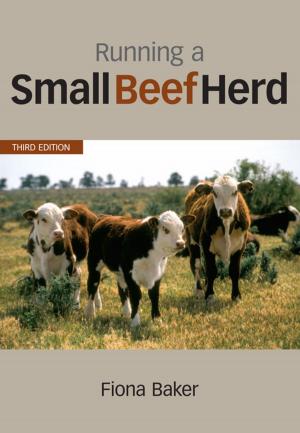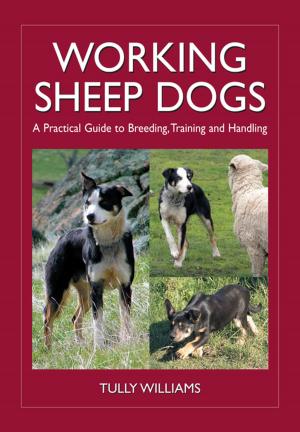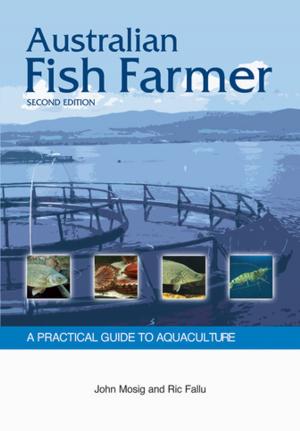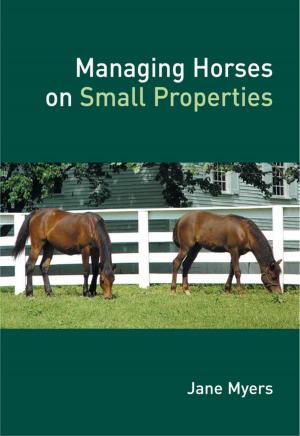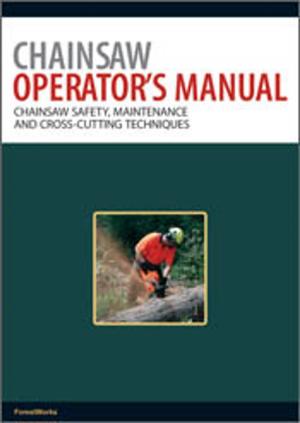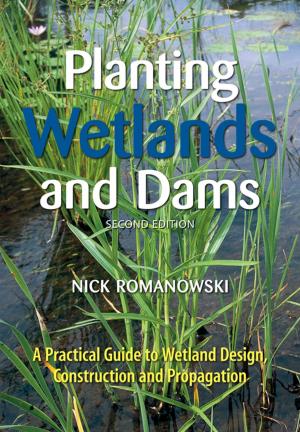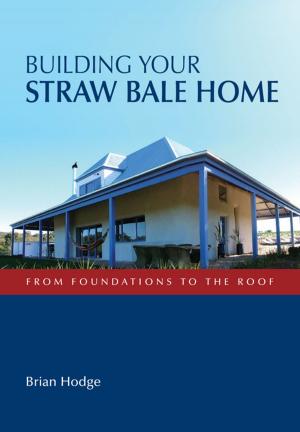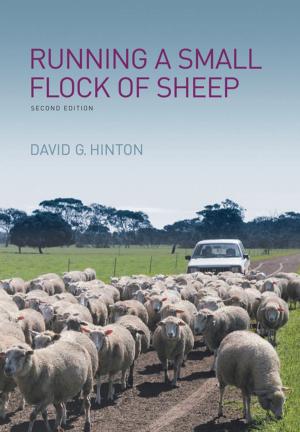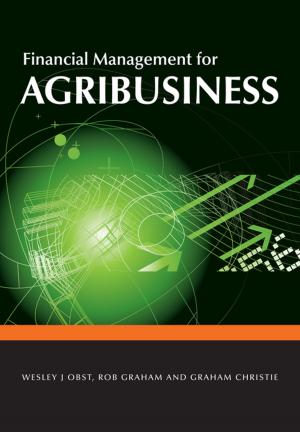Feeding Concentrates
Supplements for Dairy Cows
Nonfiction, Science & Nature, Technology, Agriculture & Animal Husbandry| Author: | Roy Kellaway, Tim Harrington | ISBN: | 9780643098923 |
| Publisher: | Landlinks Press | Publication: | February 19, 2004 |
| Imprint: | Landlinks Press | Language: | English |
| Author: | Roy Kellaway, Tim Harrington |
| ISBN: | 9780643098923 |
| Publisher: | Landlinks Press |
| Publication: | February 19, 2004 |
| Imprint: | Landlinks Press |
| Language: | English |
This book presents strategies for feeding energy and protein supplements to pasture-fed dairy cows and examines the potential economic benefits. Effective supplementary feeding of concentrates is critical to the success of all dairy farms. This book is a substantially revised edition of 'Feeding Concentrates: Supplements for Dairy Cows' DRDC 1993. It focuses on feeding concentrates to pasture fed cows to achieve high milk production per cow per hectare, and will assist farmers to decide which supplements give the best results in their particular situation. The benefits that arise from supplementary feeding include higher stocking rates, promotion of growth in heifers and young cows; better body condition score and increased lactation length when pasture is less available; improved pasture use; reduced cost per tonne of pasture eaten; flexibility to increase milk production when milk prices are high; and increased milk protein content when the energy content in pasture is low. This edition has thoroughly reviewed the issues and clearly documents the results of research particularly for grains supplementation. The summaries and recommendations in each chapter will be particularly helpful to dairy farmers in making best management decisions relating to concentrate feeding.
This book presents strategies for feeding energy and protein supplements to pasture-fed dairy cows and examines the potential economic benefits. Effective supplementary feeding of concentrates is critical to the success of all dairy farms. This book is a substantially revised edition of 'Feeding Concentrates: Supplements for Dairy Cows' DRDC 1993. It focuses on feeding concentrates to pasture fed cows to achieve high milk production per cow per hectare, and will assist farmers to decide which supplements give the best results in their particular situation. The benefits that arise from supplementary feeding include higher stocking rates, promotion of growth in heifers and young cows; better body condition score and increased lactation length when pasture is less available; improved pasture use; reduced cost per tonne of pasture eaten; flexibility to increase milk production when milk prices are high; and increased milk protein content when the energy content in pasture is low. This edition has thoroughly reviewed the issues and clearly documents the results of research particularly for grains supplementation. The summaries and recommendations in each chapter will be particularly helpful to dairy farmers in making best management decisions relating to concentrate feeding.
